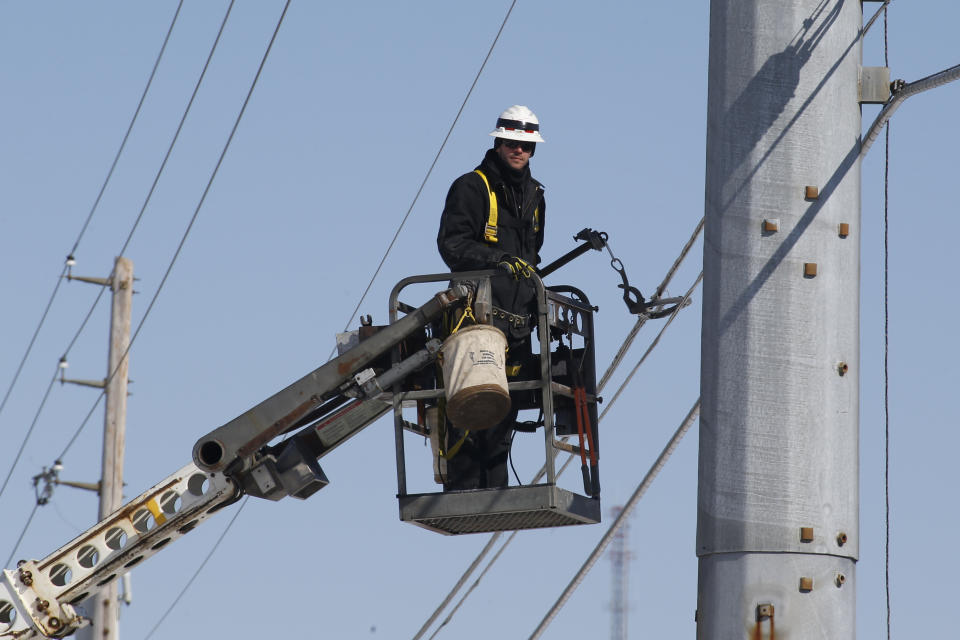Wholesale carriers still have a challenging road ahead, might not see growth

Several factors are holding back wholesale carriers like TekSavvy and Distributel from claiming more market share, industry leaders say.
Those factors include a Canadian Radio-television and Telecommunications Commission (CRTC) decision on Fibre-to-the-Home (FTTH) final rates and the new wholesale high-speed internet rates, which are temporarily suspended until an appeal is heard.
Wholesale rates are paid by competitors — such as TekSavvy or Distributel — to get access to high-speed networks of larger telecommunications companies like Bell, Rogers, and Shaw. Rates are set by the CRTC after a review of how much it costs to operate networks, so that larger companies can charge for access to their own infrastructure.
New rates were set in August 2019 but did not include FTTH, which are direct lines to a residential home or condo building to provide internet access.
According to the CRTC’s Communications Monitoring Report (CMR) on fixed internet and broadband availability, wholesale carriers’ subscriptions still grew from 6.8 per cent to 8.9 per cent from 2014-2018, including a 0.6 percentage point increase between 2017-18.
However, despite declines from 2016, cable-based carriers and bigger telecommunication companies still hold the overwhelming share of the market, at 85.5 per cent.
Reza Rajabiun, a competition policy and industrial regulation expert, said the 2019 final rate changes were significant because it “opens up some space” for growth on high-speed internet, but because the CRTC has not made a decision on final rates for FTTH, that growth is limited.
In 2015, the CRTC mandated that wholesale-based carriers must be given access to FTTH to sell to their customers. But because final rates were not set, those wholesalers say the price to access the infrastructure is too high and they aren't able to take advantage of the growing market. According to the annual report, FTTH internet services grew from 35.1 per cent to 44 per cent of households.
“[Rates right now] don’t apply to the fibre, to the newer, faster fibre connections... it’s going to be challenging for the wholesale competition [without this],” Rajabiun said.
Because the CMR is for 2018, the final rates for 2019 are not reflected. The large carriers and cable-based carriers (Bell, Rogers, Shaw, Cogeco, Videotron, and Eastlink) have now appealed that rates decision stating they would have to pay over $225 million in retroactive payments to resellers and that wholesale retailers do not invest in network infrastructure.
“Reducing the rates that resellers pay to access carrier networks to below what it actually costs to build and maintain them will negatively impact investment in internet infrastructure and services, especially considering resellers invest little to nothing in infrastructure themselves,” Marc Choma, a spokesperson at Bell, said in an email.
In November, the federal court temporarily suspended the final rate changes pending the case of an appeal against the regulator.
Rogers, Cogeco, Videotron, and Eastlink did not respond to a request for comment. Shaw declined to comment.
2019 rates temporarily suspended, will affect 2019 profitability: TekSavvy
TekSavvy’s vice-president of regulatory and carrier affairs, Andy Kaplan-Myrth, doesn’t think the market share growth in the report is significant and said 2018 was an incredibly challenging year.
Kaplan-Myrth added that bigger carriers “should lower their prices too so we [can] be in a competitive environment instead.”
“When you average it all up, I think 2019 is going to look even more challenging than 2018,” he said as a result of a halt in the CRTC rate changes.
He also says TekSavvy isn't able to tap into the FTTH market until rates are finalized.
Unlike Kaplan-Myrth, Matt Stein, CEO of Distributel, said he was “pleased to see that market share grew” for wholesale carriers in the report.
“I think it’s a shockingly low number at 8.9 per cent, but kudos to Canadians for seeking out solutions and moving the needle from 8.3 per cent to 8.9 per cent,” Stein said referring to the increase from 2017 to 2018. “Also you have to keep in mind that [growth] is at a time where competitors are not able to offer speeds on fibre.”
Dwayne Winseck, director of the Canadian Media Concentration Research Project, echoed Kaplan-Myrth in that the wholesale-based carriers have not had the opportunity to take advantage of the new rates. He said, however, the growth indicated in the report has been significant.
“These are not slow growth rates in my books… I think that’s a fairly significant growth rate,” he said.
Winseck said that even if the court upheld the CRTC’s decision and final rates went into effect, there still isn’t going “to be a massive tidal change” in market share.
He added that if the final rates are fully implemented there may be a “steady increment by a per cent a year.”

 Yahoo Finance
Yahoo Finance 